Thomas Wolgast
Learning the Optimal Power Flow: Environment Design Matters
Mar 26, 2024Abstract:To solve the optimal power flow (OPF) problem, reinforcement learning (RL) emerges as a promising new approach. However, the RL-OPF literature is strongly divided regarding the exact formulation of the OPF problem as an RL environment. In this work, we collect and implement diverse environment design decisions from the literature regarding training data, observation space, episode definition, and reward function choice. In an experimental analysis, we show the significant impact of these environment design options on RL-OPF training performance. Further, we derive some first recommendations regarding the choice of these design decisions. The created environment framework is fully open-source and can serve as a benchmark for future research in the RL-OPF field.
Approximating Energy Market Clearing and Bidding With Model-Based Reinforcement Learning
Mar 03, 2023
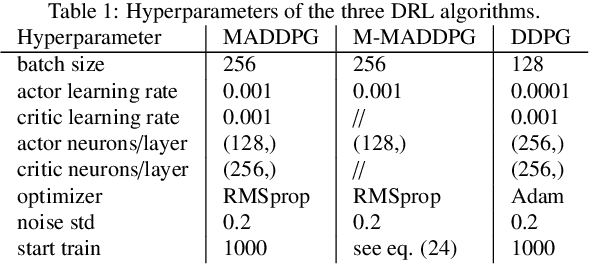

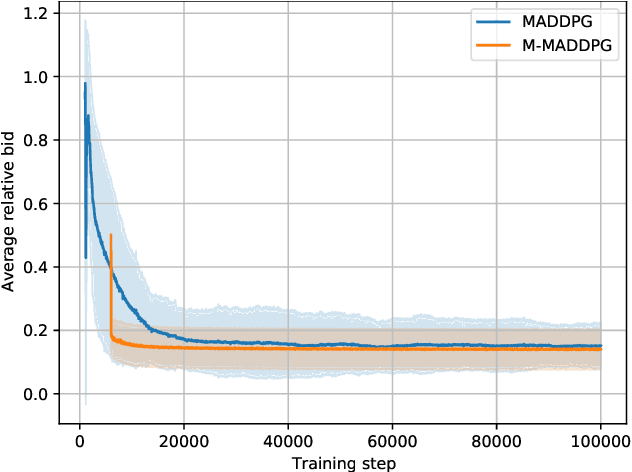
Abstract:Energy markets can provide incentives for undesired behavior of market participants. Multi-agent Reinforcement learning (MARL) is a promising new approach to determine the expected behavior of energy market participants. However, reinforcement learning requires many interactions with the system to converge, and the power system environment often consists of extensive computations, e.g., optimal power flow (OPF) calculation for market clearing. To tackle this complexity, we provide a model of the energy market to a basic MARL algorithm, in form of a learned OPF approximation and explicit market rules. The learned OPF surrogate model makes an explicit solving of the OPF completely unnecessary. Our experiments demonstrate that the model additionally reduces training time by about one order of magnitude, but at the cost of a slightly worse approximation of the Nash equilibrium. Potential applications of our method are market design, more realistic modeling of market participants, and analysis of manipulative behavior.
Learning to Attack Powergrids with DERs
Apr 24, 2022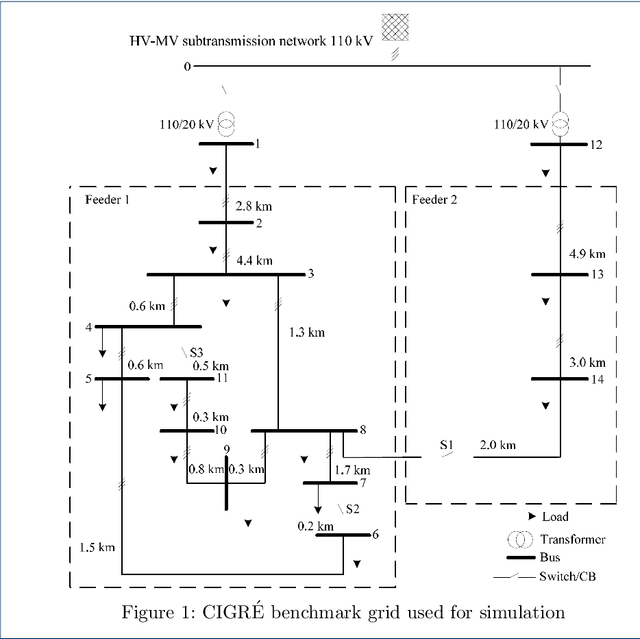

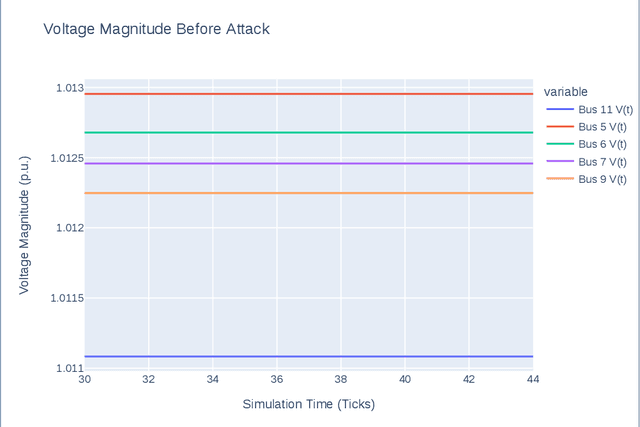
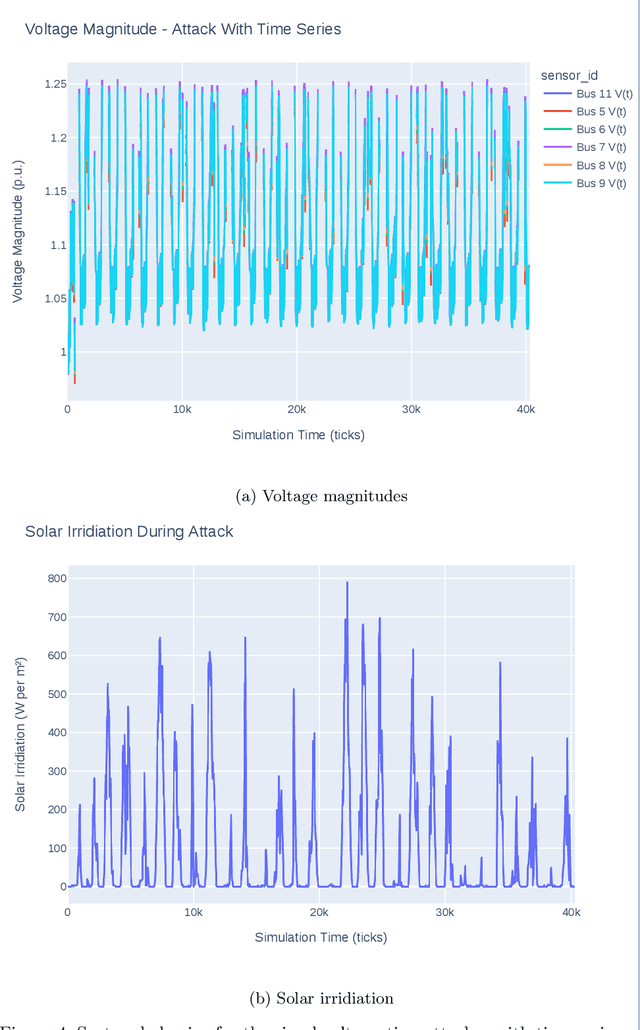
Abstract:In the past years, power grids have become a valuable target for cyber-attacks. Especially the attacks on the Ukrainian power grid has sparked numerous research into possible attack vectors, their extent, and possible mitigations. However, many fail to consider realistic scenarios in which time series are incorporated into simulations to reflect the transient behaviour of independent generators and consumers. Moreover, very few consider the limited sensory input of a potential attacker. In this paper, we describe a reactive power attack based on a well-understood scenario. We show that independent agents can learn to use the dynamics of the power grid against it and that the attack works even in the face of other generator and consumer nodes acting independently.
Analyzing Power Grid, ICT, and Market Without Domain Knowledge Using Distributed Artificial Intelligence
Jun 10, 2020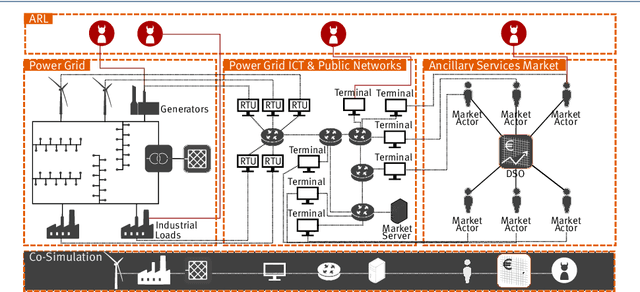
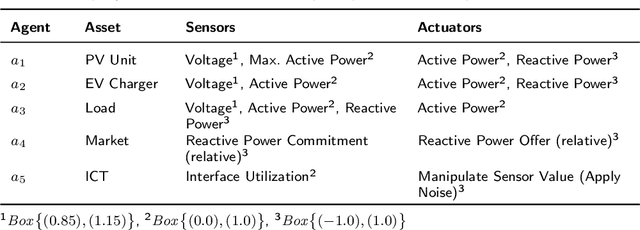
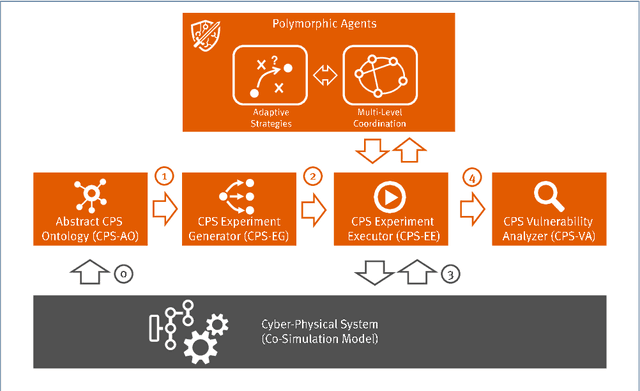

Abstract:Modern cyber-physical systems (CPS), such as our energy infrastructure, are becoming increasingly complex: An ever-higher share of Artificial Intelligence (AI)-based technologies use the Information and Communication Technology (ICT) facet of energy systems for operation optimization, cost efficiency, and to reach CO2 goals worldwide. At the same time, markets with increased flexibility and ever shorter trade horizons enable the multi-stakeholder situation that is emerging in this setting. These systems still form critical infrastructures that need to perform with highest reliability. However, today's CPS are becoming too complex to be analyzed in the traditional monolithic approach, where each domain, e.g., power grid and ICT as well as the energy market, are considered as separate entities while ignoring dependencies and side-effects. To achieve an overall analysis, we introduce the concept for an application of distributed artificial intelligence as a self-adaptive analysis tool that is able to analyze the dependencies between domains in CPS by attacking them. It eschews pre-configured domain knowledge, instead exploring the CPS domains for emergent risk situations and exploitable loopholes in codices, with a focus on rational market actors that exploit the system while still following the market rules.
 Add to Chrome
Add to Chrome Add to Firefox
Add to Firefox Add to Edge
Add to Edge